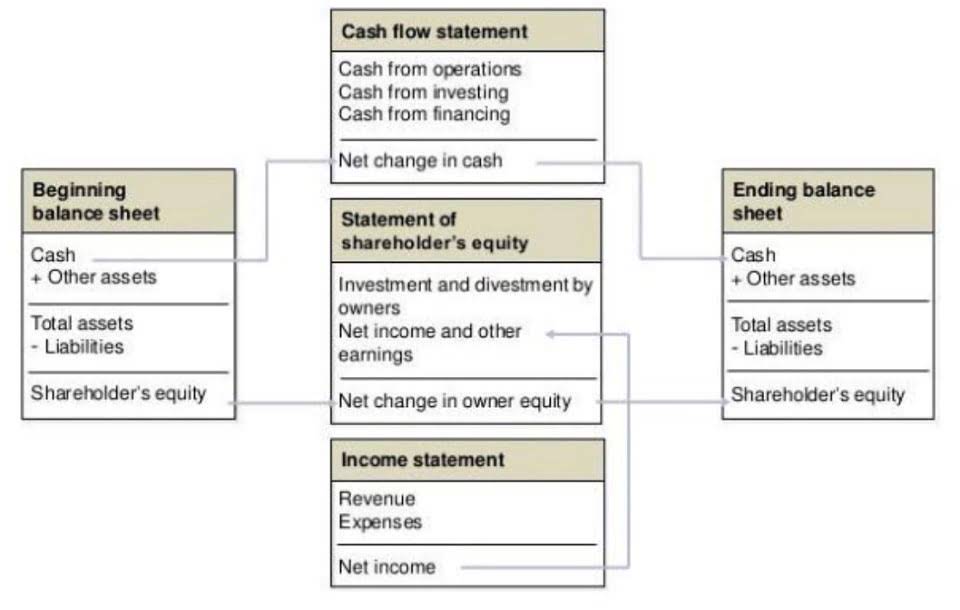
While T-accounts provide a basic framework for recording transactions, they offer limited analytical capabilities for decision support. In today’s dynamic business environment, stakeholders demand comprehensive insights to drive strategic decisions and optimize performance. Imagine a conglomerate with numerous subsidiaries operating in diverse industries. Each subsidiary’s transactions require separate T-accounts, leading to a cluttered and cumbersome accounting system. As the volume of transactions increases, maintaining T-accounts manually becomes impractical and prone to mistakes. This limitation becomes apparent when preparing financial statements or conducting financial analysis requiring granular insights.
Leveraging T Accounts: Practical Uses for Different Users
Luca Paciola, a mathematician and a friend of Leonardo what are retained earnings da Vinci, published a book on double-entry bookkeeping in 1494.

Revenue
You told me about the expense account, but what other account or accounts are involved? ” Thanks to his two T-accounts, I have never forgotten to consider the full impact of business transactions. For instance, consider a service-based business that recognizes revenue when services are rendered, regardless of whether payment is received immediately. Using T-accounts to record such transactions may obscure the timing and matching of revenue and expenses, leading to inaccurate financial statements. In an asset account, a debit entry on the left side represents an increase, while a credit entry on the right side represents a decrease. For example, when a business receives cash, it debits the cash (asset) account; when it pays out cash, it credits the cash account.
How to Post Journal Entries to T-Accounts or Ledger Accounts
- In the Cash T-Account, the $18,300 receipt of cash goes on the left (debit) side of the account because Cash is increasing.
- T-accounts also help manage income statement accounts like revenues, expenses, gains, and losses.
- If Barnes & Noble Inc. sold $20,000 worth of books, it debits its cash account $20,000 and credits its books or inventory account $20,000.
- The business now owes that investment back to the business owner.
- We need to reduce that number to reflect the actual value.
- A liability account on the books of a company receiving cash in advance of delivering goods or services to the customer.
- 1AT&T may temporarily slow data speeds if the network is busy.2Req’s purchase of eligible smartphone on AT&T Installment PlanSM with extra $10/mo.
Say you finance the purchase of a delivery truck for your business. This AI in Accounting seemingly simple transaction touches multiple accounts on your books. Accountants make bookkeeping easier in the double-entry system to analyze using T-accounts.
Journal Entry

The total difference between the debit and credit columns will be displayed on the bottom of the corresponding side. In other words, an account with a credit balance will have a total on the bottom of the right side of the account. An informal word for a set of financial records that employ double-entry bookkeeping is a T-account. The account’s name is then entered slightly above the top horizontal line, followed by a list of debits on the left and credits on the right, divided by the vertical T-shape line.

This double-entry T-account example ensures the accounting equation stays balanced, with total debits equal to total credits. t account This double-entry balances the T-accounting equation, with total debits equal to total credits. If you want a career in accounting, T Accounts may be your new best friend.
- A T-account is a visual aid used to depict a general ledger account.
- Using T-accounts makes sure all entries are spot-on and the income statement shows the real financial performance.
- If the revenues come from a secondary activity, they are considered to be nonoperating revenues.
- The t-account is often used as a useful tool for accountants and students in analyzing company accounts or in solving accounting problems.
- Yes, T accounts can be used in computerized accounting systems.
Understanding Form 990: Transparency and Accountability for Nonprofits
Since Accounts Payable are liabilities, all increases are place on the credit side while all decreases are place on the debit side. Total debits amount to $190,000 while total credits amount to $50,000. The balance of Accounts Payable is computed by getting the difference which is equal to $170,000. Yes, similar to journal entries, T-accounts should always balance.